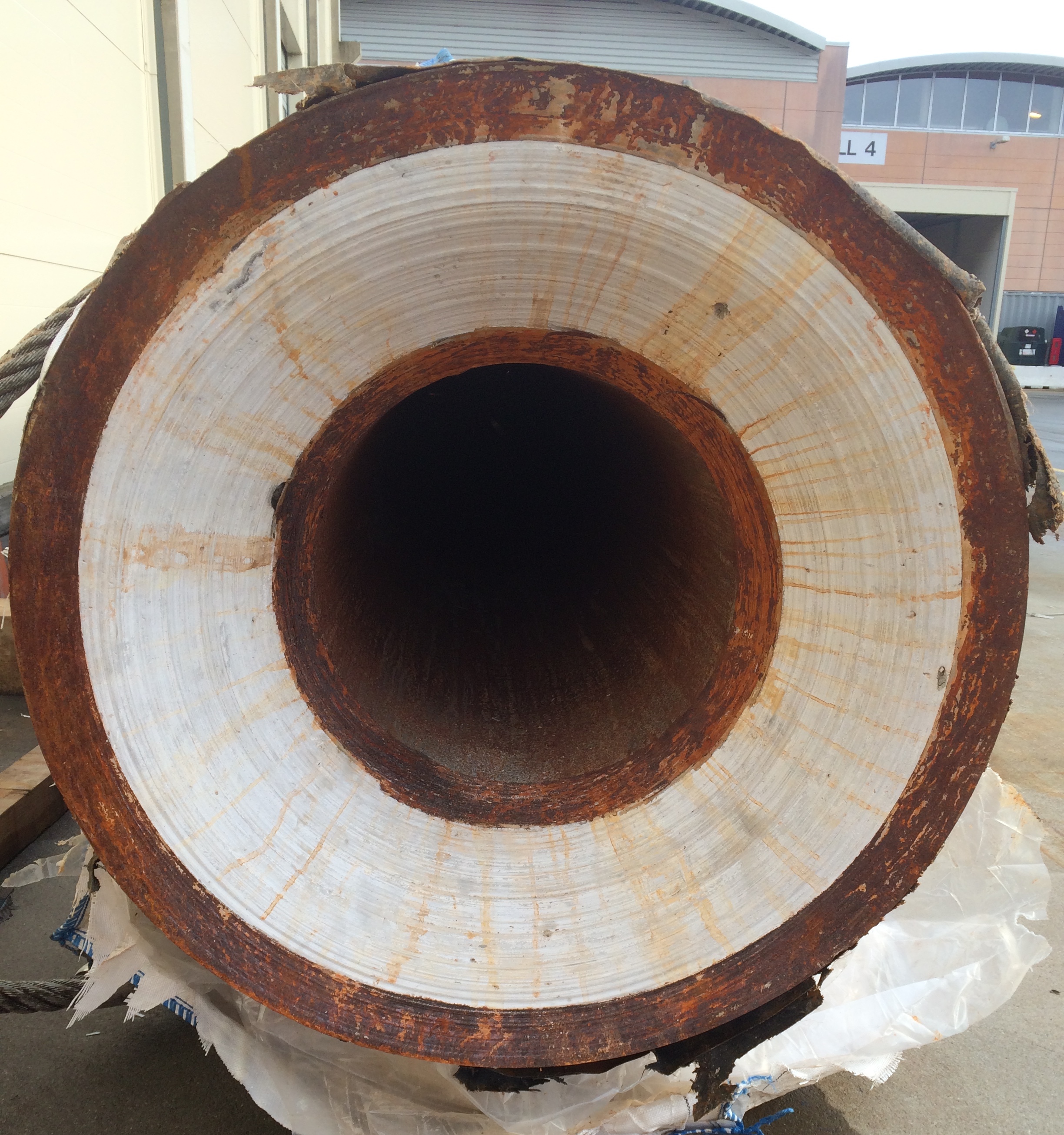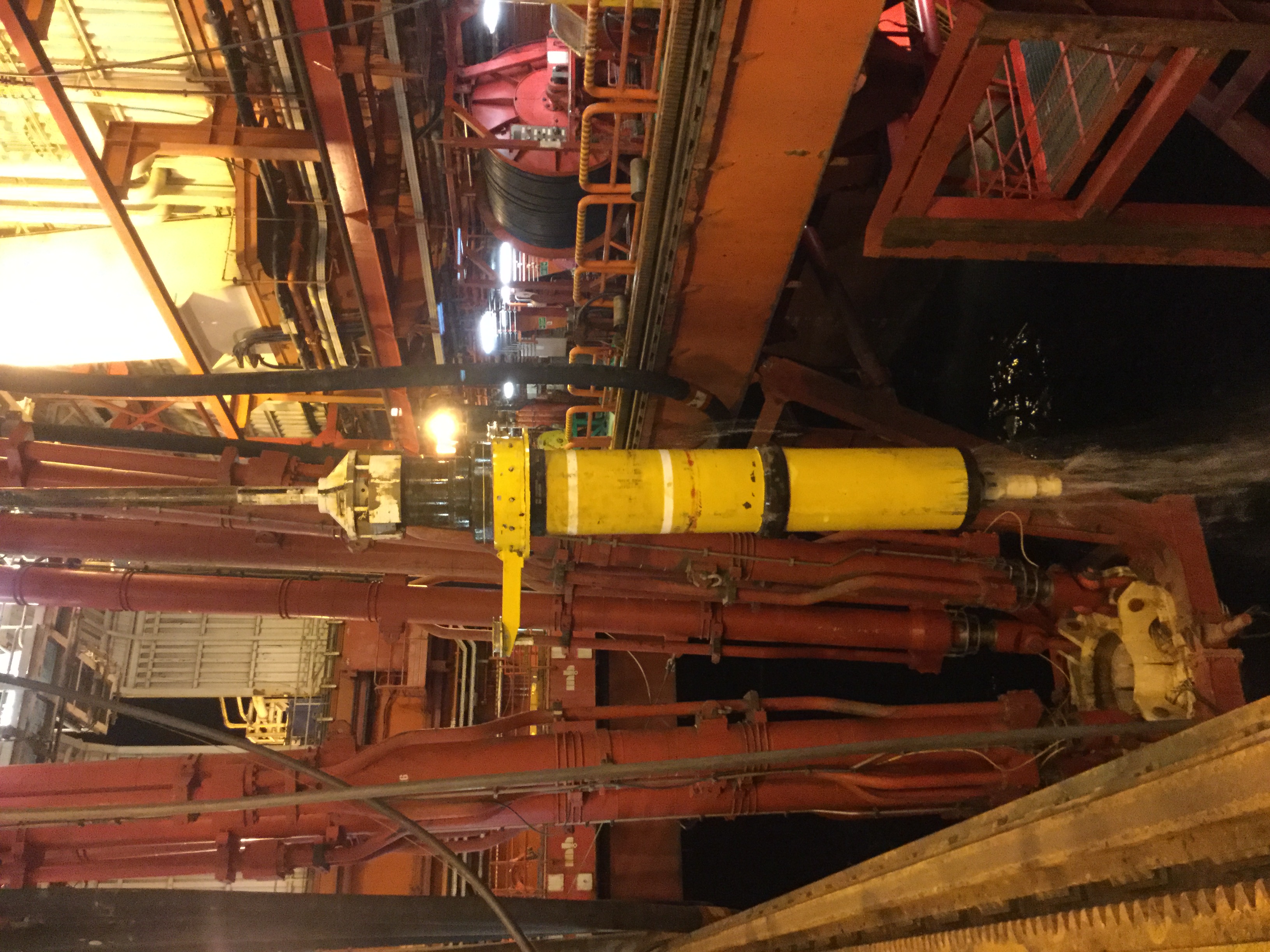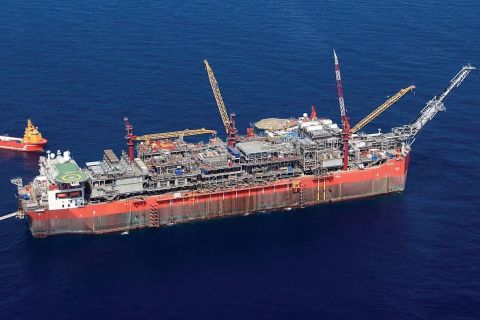[Editor's note: A version of this story appears in the September 2020 edition of E&P Plus. Subscribe to the magazine here.]

Well abandonment is a crucial and inevitable stage in the life cycle of all wells. While many in the industry have historically viewed decommissioning as an expenditure without financial return, this view is rapidly changing due to progressively stringent regulatory requirements and heightened ESG awareness. The higher operational costs and risk associated with offshore operations makes the permanent abandonment of subsea wells a worthy challenge, especially when the full scope of project logistics, vessel day rates, costs associated with the number of personnel on board and full suite of services is factored in.
As an increasing number of fields reach the end of their productive lives, and countries impose stringent regulations aimed at restoring the seabed to an undisturbed condition, subsea plug and abandonment (P&A) technologies are gaining traction. Time spent on subsea wellhead recovery is often the biggest determinant of the cost of an abandonment campaign, and hence the rightful area of focus for a value hungry industry.
There are two different approaches to well abandonment and wellhead recovery in the subsea environment, and both involve internal cutting of the surface and conductor casings, followed by recovery of the wellhead by internal or external latching.
Wellhead recovery systems evolution
First developed in 1992, the MOST (mechanical, outside-latch, single-trip) tool represents the world’s first one-trip subsea wellhead cut and recovery system. This field-proven system has performed more than 1,600 successful wellhead recoveries across every offshore basin in the world in water depths ranging from 26 m to 3,031 m. Featuring an external latching system, the system protects the internal surfaces of valuable recovered wellheads to preserve them for possible future use. The rugged versatility of the system has also enabled its use in a rigless P&A campaign through umbilical deployment and pairing with an abrasive jet cutting head.
The newly released second-generation MOST Plus system includes several technologies that improve tool capabilities and performance. This latest release packages a newly designed tension-cut mandrel, nonrotating flexible stabilizer (NRFS), large-diameter cutter and high-angle knives to provide pulling capabilities up to 1 MMlb, and record-breaking rotary cutting depths of 600 m. Deeper cutting depths are achievable by adding a precision mud motor.
The system latches and releases to inspect the cutting knives and confirm the cut without the need for tripping. The external latch protects the internal wellhead sealing profiles from damage, while also providing superior lateral support for the wellhead assembly to eliminate any lateral whipping that might impede cutting. An additional fail-safe feature enables releasing the outside latch by ROV, if required. Swarf buildup is prevented through a design that allows for a much larger flow area within the wellhead (Figures 1 and 2).

The design of the MOST Plus tool consists of minimal parts. The MOST Plus housing engages with, latches onto and retrieves the wellhead once the casings and conductor are cut. The main components of the housing include an uppermost bonnet, a grapple housing and wellhead grapple arms. Other parts consist of compression springs and pivot pins, which help the grapple arms latch firmly onto the external wellhead profile eliminating any damage to the internal seal areas and increasing the likelihood of salvaging or reusing the retrieved wellheads. The increased clearance afforded by the external latch design allows greater strength and less chance of a tool failure by allowing the cuttings and swarf to flow out of the tool and away from the working mechanism.
The MOST Plus system can recover the majority of wellheads deployed in the market today. The design of the revised grapple-arm geometry and next-generation housing provides active engagement with the exterior of the wellhead profile, thereby increasing pulling capabilities up to 1 MMlb. Several versions of grapple arms enable appropriate selection to match the wellhead profile. Another important attribute of the next-generation housing is the emergency release feature that allows an ROV to quickly disengage the MOST system from the wellhead by removing release pins, if required in a contingency (Figure 3).
The tension-cut mandrel incorporates a spring clutch system, which allows the transfer of selectively applied torque when latching or releasing from the wellhead and during cutting operations. Integrated into the tension-cut mandrel, a robust polycrystalline diamond bearing delivers superior performance and extended life in the severe service environment associated with subsea cutting applications.

The MOST Plus system also features a newly developed and propriety NRFS. The flexible stabilizer blades can pass through the wellhead inner diameter (ID) restriction and then expand against the larger ID of the casing to be cut, giving an effective casing range of 18 ⅝ inches to 22 inches. Once through the wellhead, the NRFS positively engages the ID of the casing, centralizing the cutter assembly and improving performance during casing-cutting operations while the stabilizer blades naturally dampen lateral vibration. The combination of the stabilizer blades with the unique marine bearing eliminates metal-to-metal contact, and lateral vibration significantly reduces damage to the cutter knives, improving cutting performance and saving valuable rig time.
A newly developed large diameter M-24 cutter further reduces the possibility of an eccentric cut. The geometry of this cutter provides additional stabilization, which equates to more efficient cuts and reduced operating times. In addition to the new cutter, new knives have an aggressive high-angle profile that reduces contact area with the conductor casing by more than 25% of standard straight knives and reduces the total amount of material removed from the casing to complete the cut. The knives also include an aggressive two-blade contact cutting geometry and special tungsten carbide inserts to further increase cutting efficiency (Figure 4).

Operations
The MOST Plus system has successfully performed numerous offshore jobs in the Norwegian section of the North Sea, Norwegian Sea and Barents Sea at water depths ranging from 109 m to 416 m. The casing and conductor strings configurations were 20 inches by 30 inches, 21 inches by 36 inches, or 22 inches by 36 inches. The tool assembly on each job included the next-generation MOST Plus tool housing, tension-cut mandrel or a mud motor, NRFS, large-diameter cutter, and high-angle knives.
The MOST Plus system demonstrated its operational effectiveness with reduced cutting times compared to traditional cut-and-pull operations, even in large heavy-wall conductors. The breakthrough design of the NRFS and large-diameter cutter increases stabilization and minimizes vibration during cutting. The reduced surface vibration eliminates the need for derrick inspections after the cutting operation, saving several hours of valuable rig time compared to traditional cut-and-pull operations.
The average cutting time observed with the MOST Plus represents more than a 50% reduction in cutting time compared to traditional techniques used for cutting 18⅝-inch to 36-inch conductors.
Executing abandonment campaigns successfully in a safe, efficient and environmentally prudent manner is critical to the reputation of the service provider and operator alike.
Recommended Reading
TotalEnergies Starts Production at Akpo West Offshore Nigeria
2024-02-07 - Subsea tieback expected to add 14,000 bbl/d of condensate by mid-year, and up to 4 MMcm/d of gas by 2028.
Well Logging Could Get a Makeover
2024-02-27 - Aramco’s KASHF robot, expected to deploy in 2025, will be able to operate in both vertical and horizontal segments of wellbores.
Shell Brings Deepwater Rydberg Subsea Tieback Onstream
2024-02-23 - The two-well Gulf of Mexico development will send 16,000 boe/d at peak rates to the Appomattox production semisubmersible.
E&P Highlights: Feb. 26, 2024
2024-02-26 - Here’s a roundup of the latest E&P headlines, including interest in some projects changing hands and new contract awards.
Remotely Controlled Well Completion Carried Out at SNEPCo’s Bonga Field
2024-02-27 - Optime Subsea, which supplied the operation’s remotely operated controls system, says its technology reduces equipment from transportation lists and reduces operation time.





